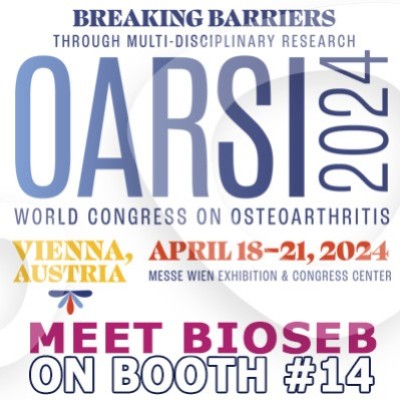Authors
Zell V, Juif PÉ, Hanesch U, Poisbeau P, Anton F, Darbon P.
Lab
Centre National de la Recherche Scientifique and University of Strasbourg, Institut des Neurosciences Cellulaires et Intégratives, Strasbourg, France
Journal
Eur J Neurosci.
Abstract
Corticosterone (CORT) is a glucocorticoid produced by adrenal glands under the control of the hypothalamic-pituitary-adrenal axis. Circulating CORT can enter the central nervous system and be reduced to neuroactive 3?5?-reduced steroids, which modulate GABAA receptors. In the dorsal spinal cord, GABAergic transmission modulates integration of nociceptive information. It has been shown that enhancing spinal inhibitory transmission alleviates hyperalgesia and allodynia. Therefore, the spinal neuronal network is a pivotal target to counteract pain symptoms. Thus, any increase in spinal 3?5?-reduced steroid production enhancing GABAergic inhibition should reduce nociceptive message integration and the pain response. Previously, it has been shown that high levels of plasma glucocorticoids give rise to analgesia. However, to our knowledge, nothing has been reported regarding direct non-genomic modulation of neuronal spinal activity by peripheral CORT. In the present study, we used combined in vivo and in vitro electrophysiology approaches, associated with measurement of nociceptive mechanical sensitivity and plasma CORT level measurement, to assess the impact of circulating CORT on rat nociception. We showed that CORT plasma level elevation produced analgesia via a reduction in C-fiber-mediated spinal responses. In the spine, CORT is reduced to the neuroactive metabolite allotetrahydrodeoxycorticosterone, which specifically enhances lamina II GABAergic synaptic transmission. The main consequence is a reduction in lamina II network excitability, reflecting a selective decrease in the processing of nociceptive inputs. The depressed neuronal activity at the spinal level then, in turn, leads to weaker nociceptive message transmission to supraspinal structures and hence to alleviation of pain.
BIOSEB Instruments Used:
Rodent pincher - analgesia meter (BIO-RP-M)

 Pain - Thermal Allodynia / Hyperalgesia
Pain - Thermal Allodynia / Hyperalgesia Pain - Spontaneous Pain - Postural Deficit
Pain - Spontaneous Pain - Postural Deficit Pain - Mechanical Allodynia / Hyperalgesia
Pain - Mechanical Allodynia / Hyperalgesia Learning/Memory - Attention - Addiction
Learning/Memory - Attention - Addiction Physiology & Respiratory Research
Physiology & Respiratory Research
 Pain
Pain Metabolism
Metabolism Motor control
Motor control Neurodegeneration
Neurodegeneration Cross-disciplinary subjects
Cross-disciplinary subjects Muscular system
Muscular system General activity
General activity Mood Disorders
Mood Disorders Other disorders
Other disorders Joints
Joints Central Nervous System (CNS)
Central Nervous System (CNS) Sensory system
Sensory system Bioseb on booth #14 at OARSI 2024 in Vienna
Bioseb on booth #14 at OARSI 2024 in Vienna 